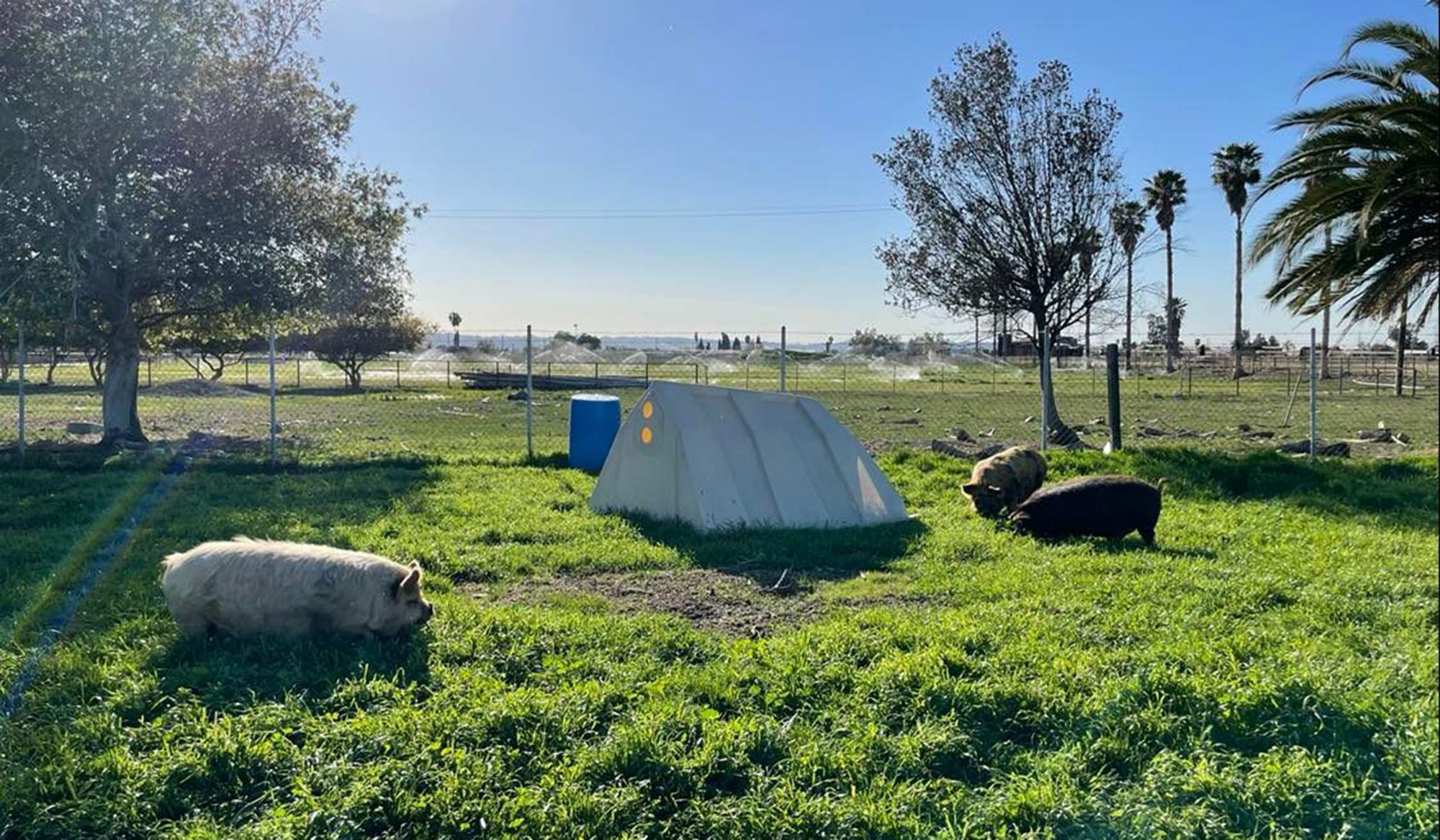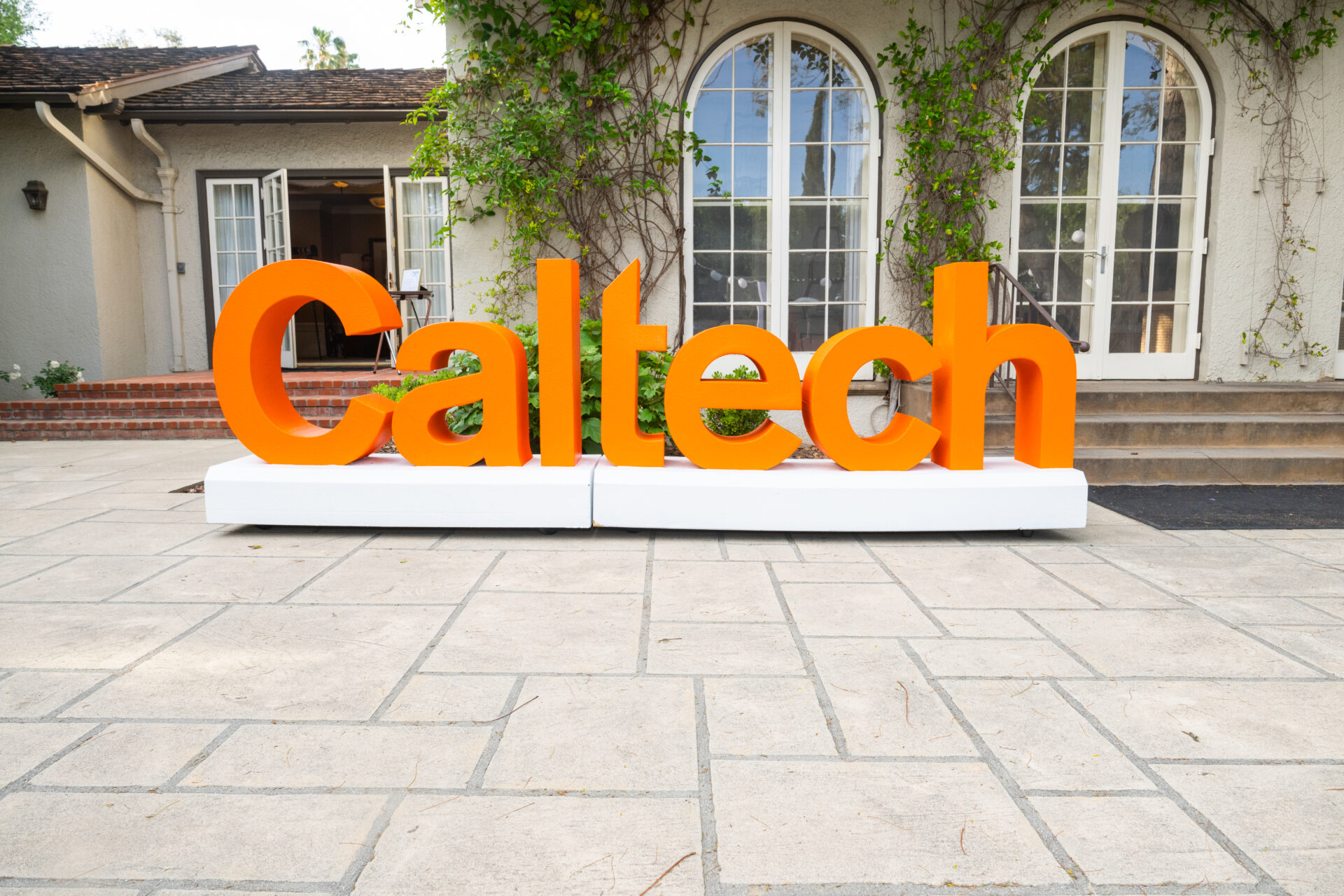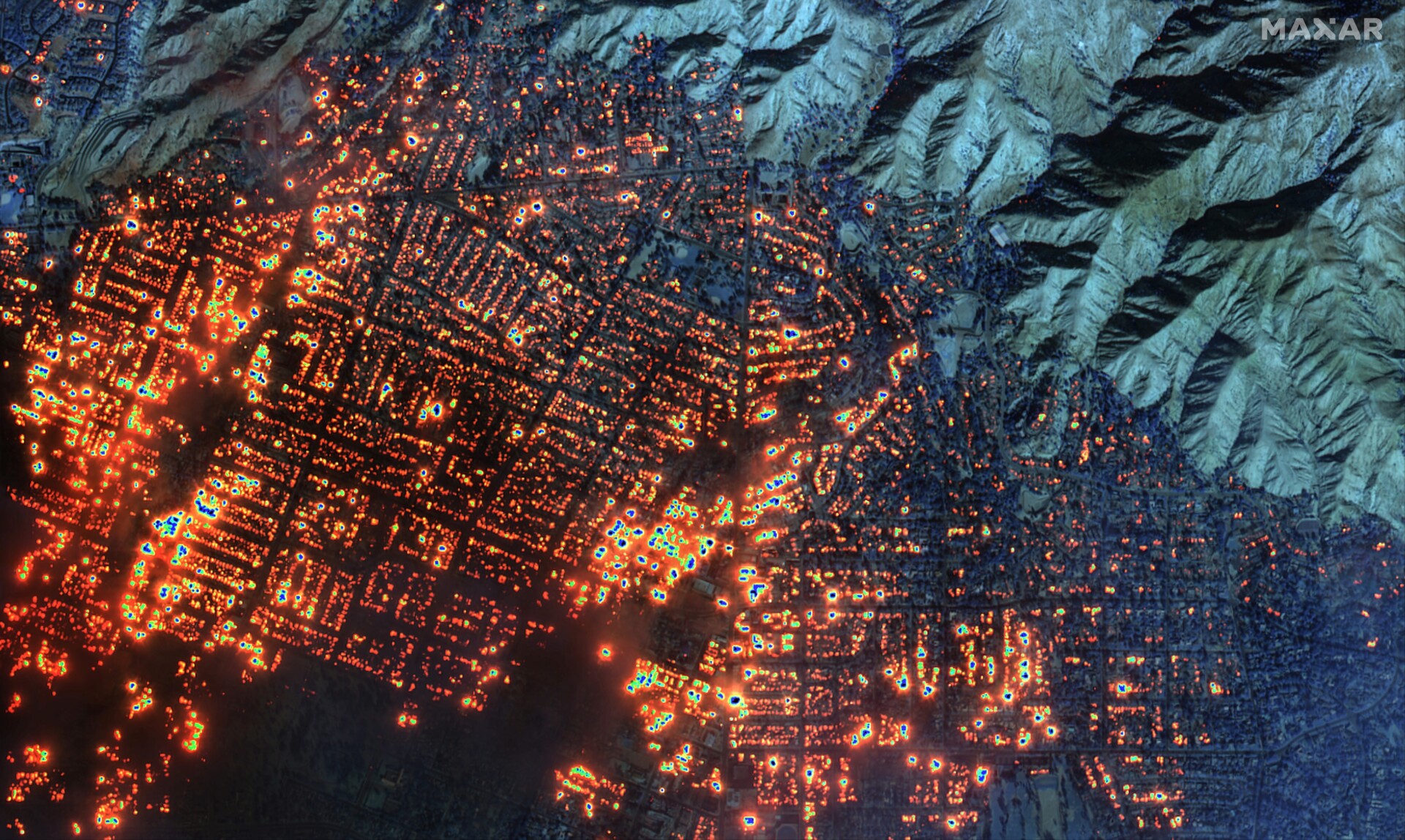Greening the Golden State
by Angelica Zhou

In the first quarter of my project, “Understanding and Alleviating Environmental Inequality in Underprivileged Communities,” I was able to explore different facets of the fight for environmental justice while contributing to the efforts in my local community.
I began immersing myself in the field through a variety of resources including books, articles, and conference presentations. At the National Environmental Justice Conference, I learned about the work of changemakers, scientists, and other professionals in the environmental justice field. In sessions such as Diane Regas’ presentation on the outdoor equity gap, I started to recognize different dimensions of climate injustice. Certain demographics experience not only an increased allocation of environmental disamenities like air pollution and extreme heat, but also the deprivation of environmental amenities like green spaces–parks, forests, and other areas covered with greenery. I integrated the takeaways from the presentation with existing literature to communicate the accessibility and impact of green spaces in this article.
Following my exploration into pre-existing texts and efforts surrounding environmental justice, I began contributing to the movement by identifying local areas in need and partnering with organizations that are already using their expertise and resources to help. Since February, I have been working with Golden State Environmental Justice Alliance (GSEJA), a non-profit organization based in the Inland Empire that gives out grants to an assortment of advocates in the environmental justice movement including green energy companies, job training programs, and schools.
In the Inland Empire, the effects of climate change and injustice are particularly flagrant. The area was once a thriving zone for citrus growth, dairy farming, and winemaking, but has been unwillingly transformed into a distribution hub abound with logistics centers. The warehouses are built with no consideration for the community, so litigators are holding companies accountable to Environmental Impact Reports by making sure they build farther from houses, install air filters, and include facilities for electric cars and trucks. Furthermore, companies blatantly disregard the needs of community members when they build in their struggling cities but provide no employment opportunities by hiring people from privileged areas. GSEJA’s direct investment into the community to promote education, social mobility, and environmental wellness significantly combats theses injustices.
To assist in this mission, I am interviewing professionals and collecting stories from community members that have benefited from this investment, thus invoking further grassroots efforts. While working on these stories, I have learned about several community issues.
One paradox arises when solar energy and its benefits, which include lower electricity bills, most substantially benefit those who cannot afford it. GRID Alternatives works to supply and install solar panels for low-income families, while concomitantly providing installation training, and running a youth education program. Additional funding has proven especially supportive because many houses require roof upgrades, which low-income families are unable to afford, in order to prepare for the installation.
When I spoke with professionals at GRID, the organization stood out in its commitment to accessibility and education – they assist clients in every step of the process, including the application and solar career opportunities, which is especially helpful since some clients are disabled, elderly, or speak a primary language other than English. Catalyst SGV makes a similar commitment to education by building school gardens for underserved communities in the San Gabriel Valley and encouraging educators to teach the students about native plants and growing food. The gardens are essential in these communities which often lack greenery and other environmental benefits.
Inspired by the importance of green spaces, I took a hands-on approach to restore natural environments in my local community. I volunteered with TreePeople, which hosts tree planting and maintenance events in Los Angeles, Riverside, Thousand Oaks, and Santa Clarita. The volunteering events are easily accessible and take place in a diverse range of cities, from Beverly Hills to Watts. Due to both environmental and social injustices, these two cities exhibit an extreme discrepancy in life expectancy – the average life expectancy in Beverly Hills is about 12 years longer than that in Watts. I will keep these inequities in mind as I continue my project.
I also spent time learning and sharing the story of Amy’s Farm, a non-profit family-owned farm in Ontario, CA that implements polyculture planting and forgoes the use of polluting pesticides, antibiotics, and chemicals. Their practices are a rarity since most farms prioritize mono-cropping with harmful additives to increase profitability at the expense of animal and human health. Agricultural sustainability efforts are especially essential in the Inland Empire, which features some of the most polluted cities in the United States.
Lastly, I am tackling environmental inequity through education. As a volunteer tutor for 826LA, which offers free writing programs and all-subject tutoring for grades K-12, I am helping educate students from Title I schools, where at least 40% of students are low-income.
My passion for education stems from both my personal academic career and the opportunities I pursued while I was a student at Caltech. As an undergraduate student, I worked as a part-time tutor for middle school and high school students in the surrounding area. Although my work was both fulfilling and impactful, I was primarily assisting students from privileged backgrounds, and I yearned to expand my efforts to teach low-income students like myself. The Chang Prize gives me the ability to give back to the community by helping eager students who cannot afford supplemental learning opportunities, and whose schools may lack sufficient resources to fully support them in realizing their potential.
I have learned that my effort, along with those of others, to foster a supportive learning environment for these children will make a tremendous difference in their educational and career opportunities, as well as their social mobility. As climate change intensifies, low-income cities with racial minorities are especially prone to becoming environmentally unsafe; social mobility will ultimately make the difference in quality and length of life.
Since I have communicated with and contributed my time to multiple environmental organizations, I decided to present some opportunities for the public to get involved in this article. I will continue to produce more content to inform readers of issues and opportunities to help.
In the next quarter, I will continue my volunteering and educational work. I hope to also draw upon my learning to create resources for organizations and community members dealing with environmental injustices.
Related Articles
-

Caltech Alumni Association Announces 2026 Board-Nominated Slate
We are pleased to announce the 2026 board-nominated slate for the Caltech Alumni Association Board of Directors.
-

Scenes from Seminar Day 2025: Techer Families Join a Day of Discovery
View highlights from Caltech’s 88th Seminar Day with a photo gallery of campus tours, faculty lectures, student talks, and the debut of Seminar Day...
-

Support the Caltech and JPL Disaster Relief Fund
Support the Caltech and JPL communities impacted by Southern California's devastating fires.